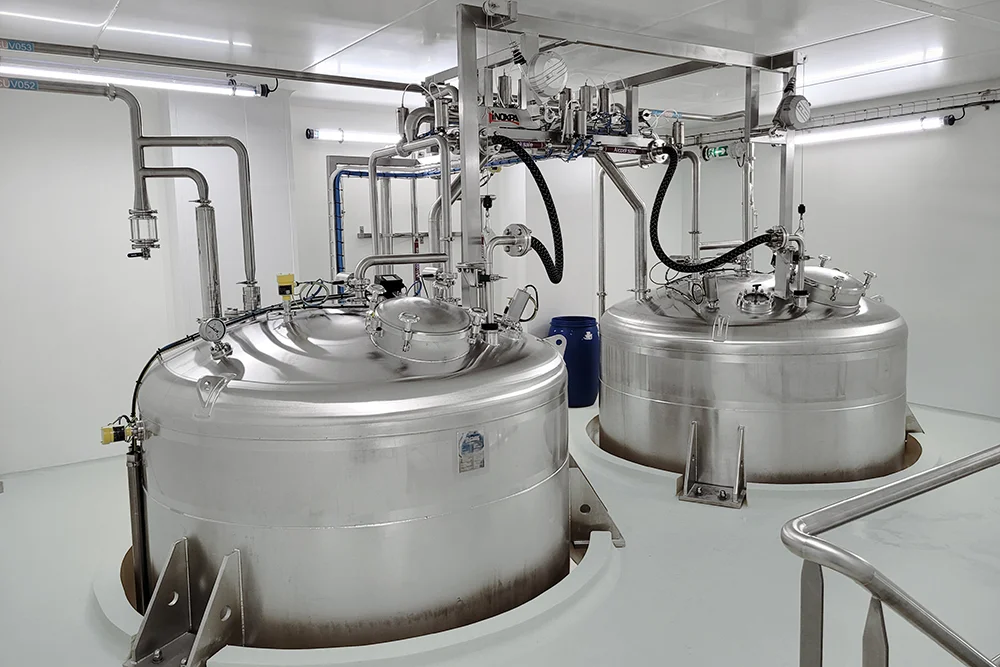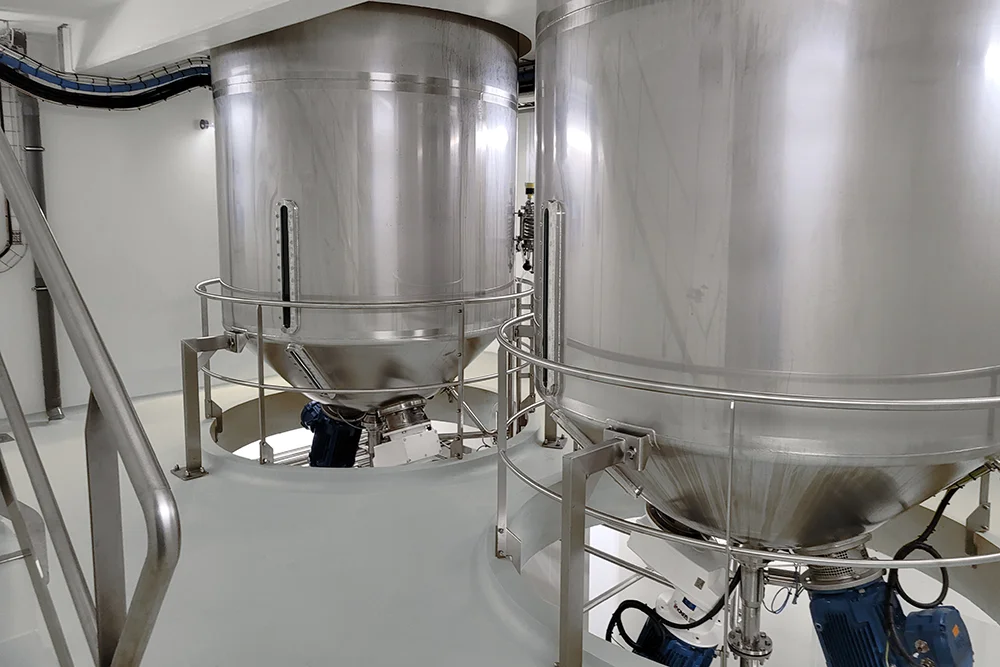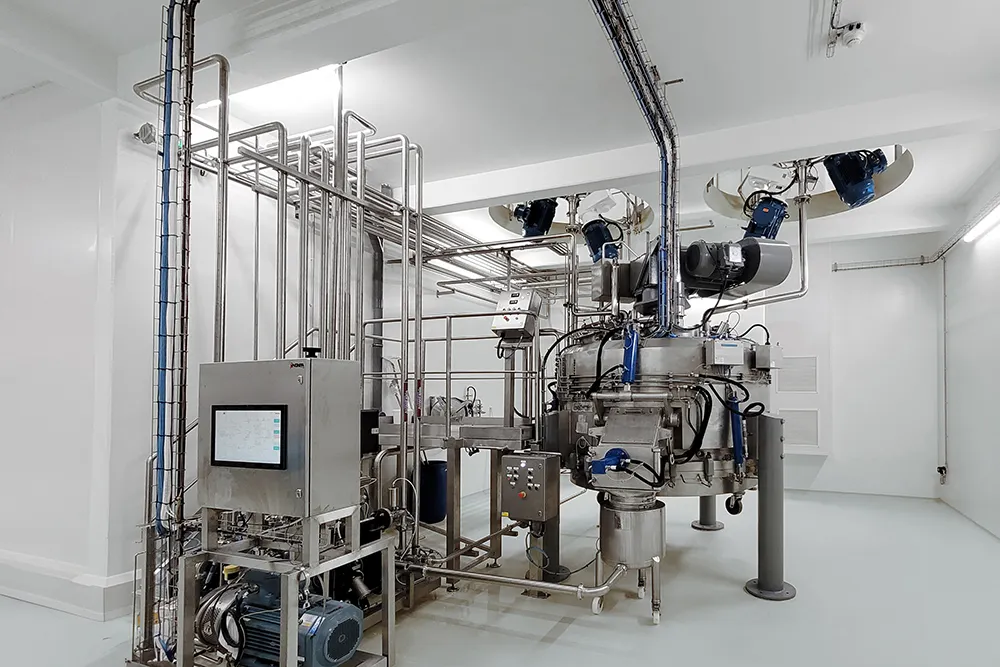Case studies: Culture media production plant
 Customer
Customer
The SOLABIA group develops, produces and distributes raw materials for a wide range of industries. The SOLABIA Beauvais site specialises in the following activities: enzymatic hydrolysis and peptone manufacturing, culture media manufacturing for diagnostic microbiology, and cosmetic active ingredient manufacturing by fermentation.

 Project
Project
The customer needed to increase their production capacity and update their skids and manufacturing processes. This meant we had to create a new complete precipitation facility (plant + skids) to ensure compliance with ATEX, safety and environmental standards.
INOXPA was chosen to carry out the precipitation process, implement their auxiliary skids, such as the CIP, and integrate our automation with the existing monitoring system.

INOXPA's tests before agreeing a contract, allied with their technical expertise and experience, provided the confidence to close out the project.
INOXPA's tests before agreeing a contract, allied with their technical expertise and experience, provided the confidence to close out the project.
 Why INOXPA?
Why INOXPA?
INOXPA worked closely with SOLABIA during the pre-project phase, carrying out tests in our Chambly laboratory with pilot skids in order to define the type of agitator and mixer.
We provided our technical expertise to review the process and all the technical demands involved: ATEX, skid cleaning, production, automation analysis, etc.
 Installation characteristics
Installation characteristics
The process takes place on 3 levels: the ground floor, the first floor and the second floor.
On the second floor and first floor:
The installation consists of 2 x 316TI stainless steel mixing tanks for producing 10 tonnes at 0.5 bar using INOXPA LMF three-blade tank bottom agitators and an INOXPA ME6100 ATEX high-shear tank bottom mixer.
Each tank is equipped with a 0.22 µm vent filter, a valve and a flame arrester connected to its top with condensate recovery. They are also equipped with continuous radar level sensors, temperature probes, pressure gauges, high and low level sensors, as well as several sight glasses in the bottom and the tank shell to view the sedimentation of the precipitate. There are also cleaning nozzles for the underside of the agitator's blades.
All valves are automatic butterfly valves, except for the tank bottom valves, which are ball valves to allow full product flow during gravity discharge (a technical limitation for the product).
On the first floor:
We integrated a 5,000 litre tank and a steam unit to produce hot water in recirculation that flows to the ground floor. It is used during the different CIP stages, from cleaning to rinsing.
This CIP also comes equipped with 2 detergent dosing pumps for preparing the cleaning and chemical disinfection of the installation.
On the ground floor:
The 10T tanks unload into skids located on the ground floor, enabling the alcohol to separate from the precipitate.
As the customer's machine had been moved to this new location, we built a new stainless steel access platform and integrated 2 new rotating spray balls with their pipework to improve the original CIP process.
At the base of this tank, we integrated a CIP distribution skid equipped with an HCP centrifugal pump and an outlet collector for the CIP cleaning of the entire installation: 10T mixing tanks, a tank dryer, the customer's product intake pipework, spray balls and cleaning nozzles, flow divert panel pipework, etc.
In addition, the CIP skid is equipped with a set of control systems, such as level sensors, a pipework purging system and a conductivity probe to ensure that the CIP cleaning is carried out correctly.
 Special features
Special features
- We worked in collaboration with the customer and the different companies involved in the project, such as building construction and design, electricians, etc., with the aim of helping coordination between companies and carefully incorporating our skids into their future settings.
- The plant was designed to offer flexibility between the production and the CIP process. This means the CIP process and cleaning of auxiliary skids and pipework can be carried out while the production process continues in the tanks.
- Gravity discharge process.
- Procurement and integration with existing monitoring.
- A turnkey project entirely manufactured and installed by INOXPA.
- Competitively priced.
Request information
Culture media production plant







